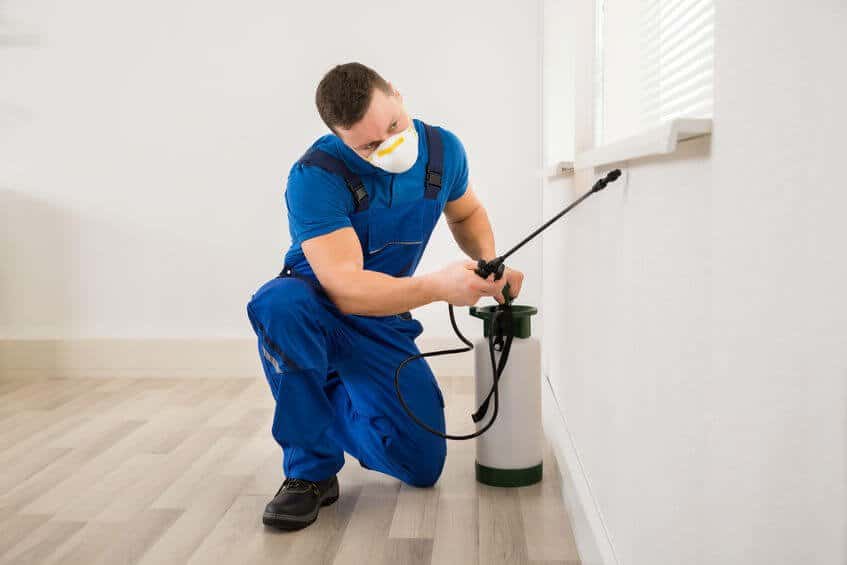Ever woken up with mysterious, itchy red marks on your skin? You might have some unwelcome bedmates. Bed bugs, those tiny nocturnal nuisances, can turn your peaceful slumber into a nightmare. But don’t worry, we’re here to help you take back your bedroom!
These resilient little critters have been around for centuries, feeding on human blood and leaving us scratching our heads (and arms, and legs…) in frustration. But with the right knowledge and tools, you can send them packing.
Know Your Enemy
First things first: identification. Bed bugs are small, oval-shaped insects about the size of an apple seed. They’re reddish-brown and flat, unless they’ve recently fed – then they puff up like tiny, creepy balloons. They’re masters of hide-and-seek, often tucking themselves away in the seams of mattresses, bed frames, and even behind wallpaper.
But how do you know if you have bed bugs? Look for these telltale signs:
- Rusty or reddish stains on bed sheets or mattresses
- Dark spots about the size of a period
- Eggs and eggshells (tiny and pale yellow)
- Live bed bugs scurrying for cover
If you’ve spotted any of these, it’s time to take action. Don’t panic, though. While bed bugs are a nuisance, they’re not known to transmit diseases. That said, their bites can cause itching and loss of sleep, so let’s get rid of them, shall we?
Preparation: Setting the Stage for Bed Bug Removal
Before we dive into removal techniques, it’s crucial to prepare your battleground. Start by decluttering. The fewer hiding spots bed bugs have, the easier they are to eliminate. Wash all your bedding, curtains, and clothing in hot water and dry them on the highest heat setting. Heat is your ally in this fight – bed bugs can’t survive temperatures above 122°F (50°C).
Next, vacuum everything. And we mean everything. Your mattress, box spring, bed frame, floors, and even the insides of drawers. Once you’re done, immediately seal the vacuum contents in a plastic bag and dispose of it outside.
Now, here’s where it gets interesting. You might be tempted to throw out your mattress, but hold that thought. With proper treatment, you can often save your bed and avoid the expense of replacement.
The Battle Plan: Removing Bed Bugs
There are several ways to tackle bed bug removal, ranging from DIY methods to professional treatments. Let’s explore some options:
Heat Treatment:
Remember how we said heat was your ally? Professional heat treatments involve raising the temperature of infested areas to levels lethal to bed bugs. It’s effective but can be costly.
Chemical Treatments:
Insecticides specifically designed for bed bugs can be applied to cracks and crevices where the bugs hide. However, many bed bug populations have developed resistance to certain chemicals, so this method isn’t always foolproof.
Diatomaceous Earth:
This natural powder can be an effective, non-toxic option. It works by dehydrating the bugs, but it takes time and multiple applications.
Encasements:
Special mattress and box spring encasements can trap existing bed bugs and prevent new ones from taking up residence. They’re not a solution on their own but can be part of a comprehensive strategy.
Steam Cleaning:
A steam cleaner can be an effective weapon against bed bugs, especially for mattresses and upholstered furniture. The high heat kills bugs and eggs on contact.
Now, you might be wondering which method is best. The truth is, a combination of approaches often yields the best results. And here’s a pro tip: whatever method you choose, consistency is key. Bed bugs are resilient, and it may take several treatments to fully eradicate them.
The Aftermath: Preventing Future Infestations
Once you’ve won the battle against bed bugs, you’ll want to prevent them from making a comeback. Here are some strategies to keep these bloodsuckers at bay:
- Regularly inspect your bed and surrounding areas for signs of bed bugs.
- When traveling, check hotel rooms thoroughly before unpacking.
- Use protective covers on mattresses and box springs.
- Reduce clutter to minimize hiding spots.
- Be cautious when bringing second-hand furniture into your home.
Remember, vigilance is your best defense. Bed bugs are hitchhikers, often catching a ride on luggage, clothing, or used furniture. By staying alert and taking preventive measures, you can significantly reduce your risk of future infestations.
When to Call in the Cavalry
While many bed bug infestations can be handled with DIY methods, sometimes it’s best to call in the professionals. If you’re dealing with a large or persistent infestation, or if you’ve tried DIY methods without success, it might be time to consult a pest control expert.
Professional pest control services have access to more potent treatments and specialized equipment. They can also provide valuable advice on preventing future infestations. Just be sure to choose a reputable company with experience in bed bug removal.
Bed bug removal can be a challenging process, but with persistence and the right approach, you can reclaim your bedroom and get back to sleeping soundly. Remember, every situation is unique, so don’t be afraid to adapt your strategy as needed.

